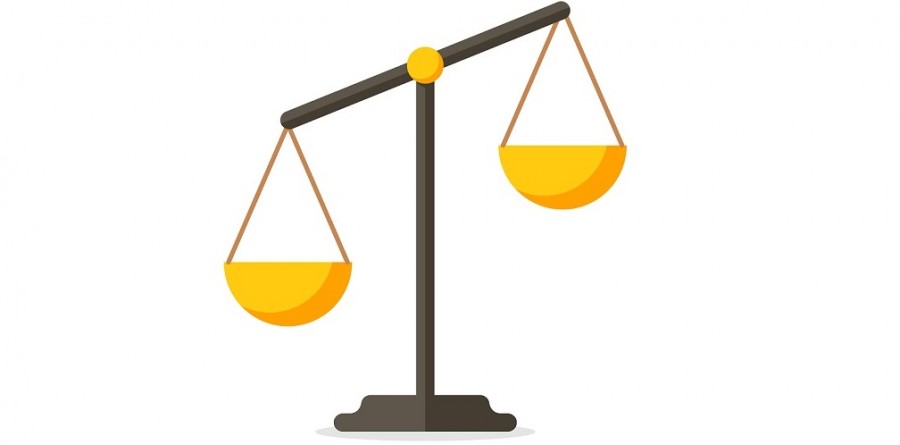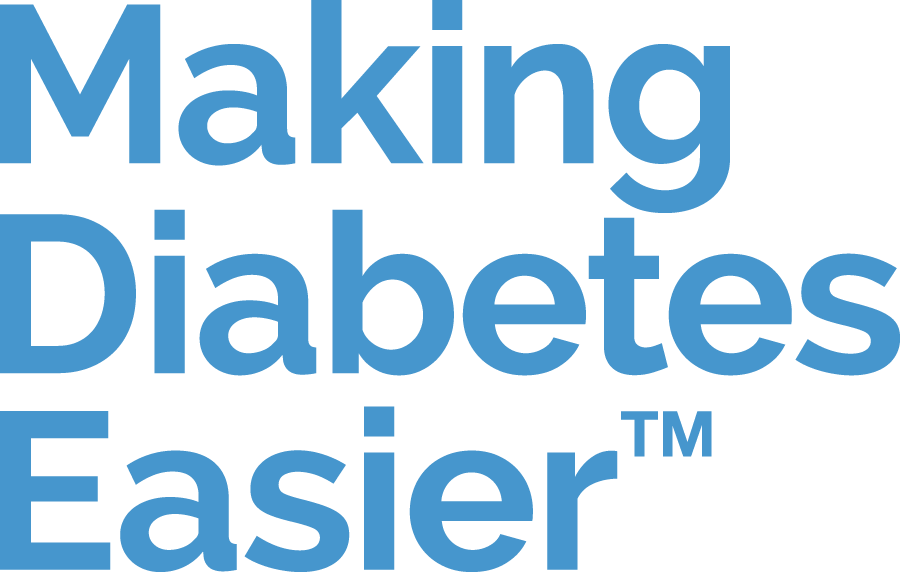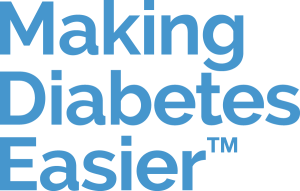Hypos and hypers explained

Insulin is a vital hormone for our survival. Its role is transporting glucose in the blood to cells throughout the body. In people living with diabetes, insulin production is limited or non-existent, resulting in abnormal changes in blood glucose levels (glycaemia).
We talk about hyperglycaemia when the amount of sugar (glucose) in the blood is too high; and hypoglycaemia, when it is too low. In cases of diabetes, the major goal is to stabilise blood glucose levels and minimise the impact of the condition on the patient's overall health.
Diabetes and hyperglycaemia: when the blood glucose level is too high

People with diabetes are subject to sharp increases in their blood glucose levels. Known as hyperglycaemia, these frequent spikes in blood glucose can manifest as one or more most common symptoms:
- excessive thirst;
- frequent need to urinate;
- noticeable loss of energy accompanied by muscle weakness;
- long-term fatigue;
- nausea.
What blood glucose level is considered hyperglycaemic?
Hyperglycaemia is defined as a blood glucose level of 7.0 mmol/L or higher on an empty stomach, or 11.0mmol/L or higher when tested at a random time during the day and in the presence of symptoms. By comparison, glycaemia is considered to be “normal” when blood glucose levels are between 4.0 and 7.0 mmol/L.
Severe hyperglycaemia can lead to acute complications such as ketoacidosis and hyperosmolar coma, both of which are very serious for people with diabetes. To reduce the risk of hypoglycaemic periods, people living with diabetes are required to carefully manage their blood glucose levels at all times. Careful medical monitoring allows people with diabetes to make necessary adjustments depending on their type of diabetes and specific health needs.
Diabetes and hypoglycaemia: when the blood glucose level is too low

The opposite of hyperglycaemia, hypoglycaemia occurs when blood glucose levels are too low. It can affect anyone taking insulin or certain antidiabetic drugs. People with type 1 diabetes are more frequently prone to hypoglycaemic events, as treatment of this form of the condition is usually based on insulin therapy.
What blood glucose level is considered hypoglycaemic?
Hypoglycaemia is characterised by a blood glucose concentration of less than 4.0mmol/L.
There are two categories of symptoms specific to hypoglycaemia:
- adrenergic symptoms (tremors, palpitations, nervousness, anxiety, etc.), which generally appear first and should act as warning signs;
- neuroglycopenic symptoms (convulsion, fatigue, confusion, etc.), which result from the lack of glucose in the brain and central nervous system.
If hypoglycaemia is not treated, it can quickly worsen and can be very dangerous. It is vital to know how to recognise signs of hypoglycaemia in a person with diabetes. Blood glucose levels must be measured regularly and if glycaemia is too low, you must act without delay.
Drinking or eating 15 to 20g of a fast-acting carbohydrate, for example fruit juice, jelly babies or glucose/dextrose tablets, will quickly start to raise blood glucose levels again.
Sources
- Institute for Quality and Efficiency in Health Care (IQWiG),Cologne,Germany. Hyperglycemia and hypoglycemia in type 1 diabetes. May 29, 2007; Last Update:June 29, 2017.
- Institute for Quality and Efficiency in Health Care (IQWiG), Cologne, Germany. Hyperglycemia and hypoglycemia in type 2 diabetes. May 29, 2007; Last Update: October 22, 2020 Institute for Quality and Efficiency in Health Care (IQWiG); 2006.
- Michelle Mouri, Madhu Badireddy. Hyperglycemia. StatPearls [Internet]. Treasure Island (FL) : StatPearls Publishing; 2020 Jan. 2020 Sep 10. PMID: 28613650 NBK430900.
- Elizabeth R Seaquist 1, John Anderson, Belinda Childs, Philip Cryer, Samuel Dagogo-Jack, Lisa Fish, Simon R Heller, Henry Rodriguez, James Rosenzweig, Robert Vigersky. Hypoglycemia and Diabetes: A Report of a Workgroup of the American Diabetes Association and The Endocrine Society. Diabetes Care. 2013 May; 36(5): 1384–1395. Published online 2013 Apr 13. doi: 10.2337/dc12-2480 PMCID: PMC3631867 PMID: 23589542.
- Philip Mathew, Deepu Thoppil. Hypoglycemia. StatPearls [Internet]. Treasure Island(FL) : StatPearls Publishing; 2020 Jan.2020 Mar 16. PMID: 30521262 NBK534841.





